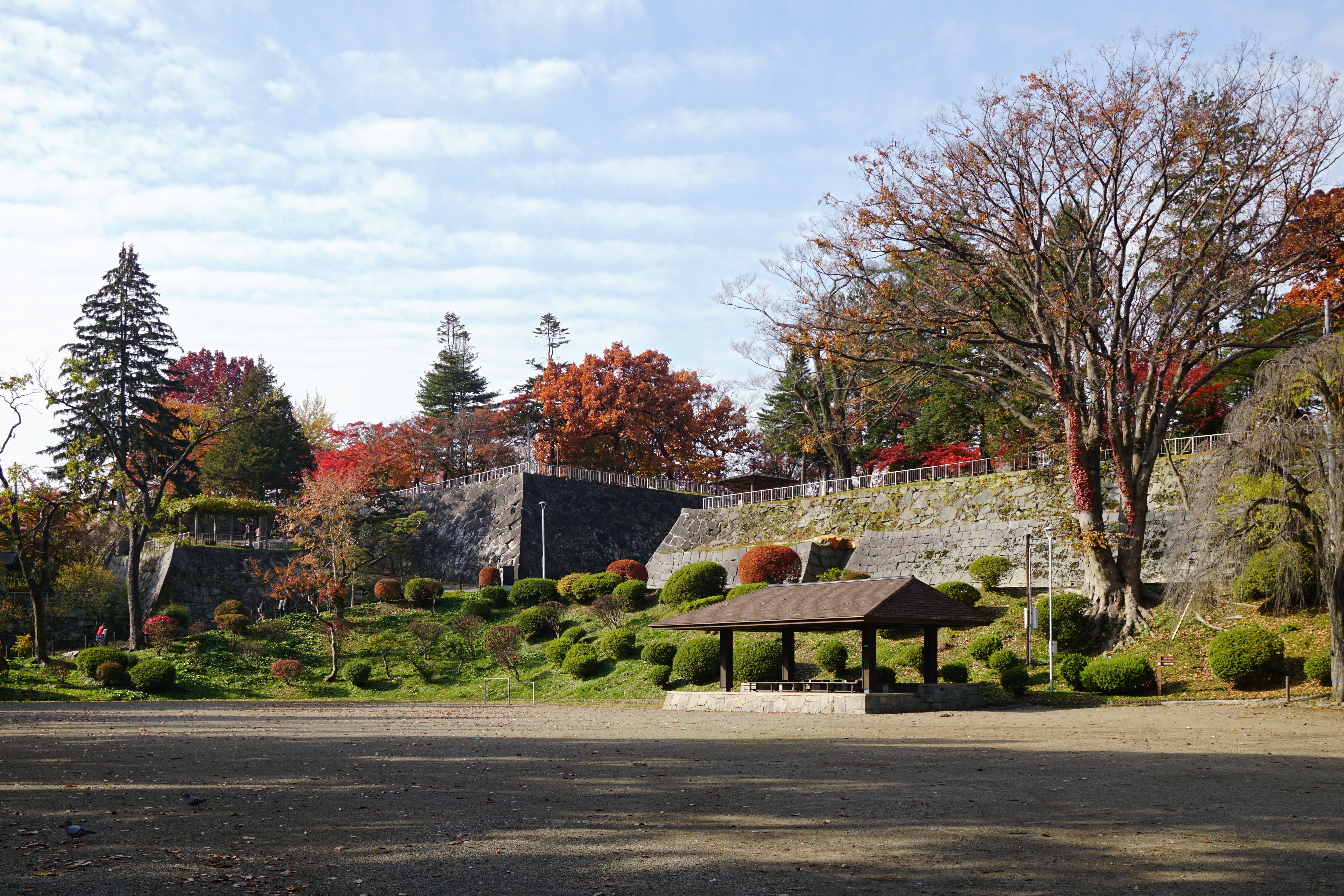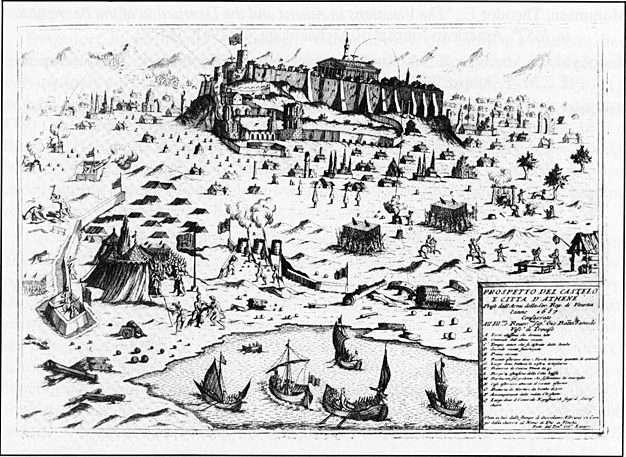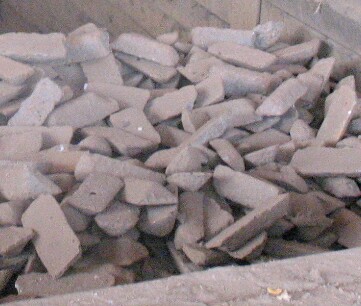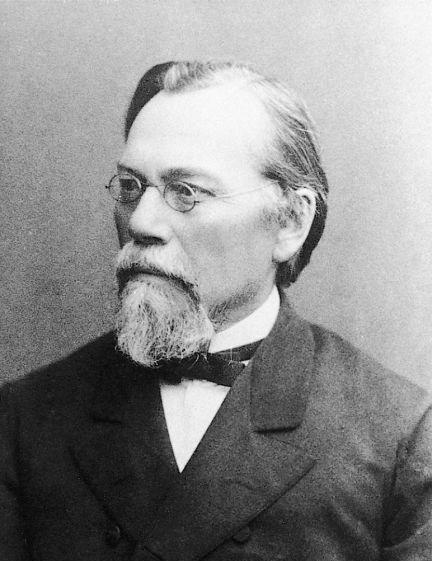|
ŇĆshima TakatŇć
ŇĆshima TakatŇć (Ś§ßŚ≥∂ ťęėšĽĽ, May 11, 1826‚ÄďMarch 29, 1901) was a Japanese engineer who created the first reverberation blast furnace and first Western-style gun in Japan. ŇĆshima was born of samurai status in Morioka City, Nanbu Domain which is now Iwate Prefecture in 1826. Around this time the feudal clans of Japan were competing to develop superior Western-style armaments. The government of Mito Domain hired ŇĆshima to make Western-style guns. In 1855 the first of two reverberation blast furnaces that he built in Mito was completed. This furnace was used to make four mortars over the next year. These mortars, however, failed due to the inferior quality of iron used. ŇĆshima returned to Nanbu-han where he built a new Western-style blast furnace at Kamaishi to produce a higher quality pig iron from the local magnetite Magnetite is a mineral and one of the main iron ores, with the chemical formula . It is one of the iron oxide, oxides of iron, and is ferrimagnetism, ... [...More Info...] [...Related Items...] OR: [Wikipedia] [Google] [Baidu] |
Blast Furnace
A blast furnace is a type of metallurgical furnace used for smelting to produce industrial metals, generally pig iron, but also others such as lead or copper. ''Blast'' refers to the combustion air being supplied above atmospheric pressure. In a blast furnace, fuel ( coke), ores, and flux (limestone) are continuously supplied through the top of the furnace, while a hot blast of (sometimes oxygen enriched) air is blown into the lower section of the furnace through a series of pipes called tuyeres, so that the chemical reactions take place throughout the furnace as the material falls downward. The end products are usually molten metal and slag phases tapped from the bottom, and flue gases exiting from the top. The downward flow of the ore along with the flux in contact with an upflow of hot, carbon monoxide-rich combustion gases is a countercurrent exchange and chemical reaction process. In contrast, air furnaces (such as reverberatory furnaces) are naturally aspirated, usu ... [...More Info...] [...Related Items...] OR: [Wikipedia] [Google] [Baidu] |
Samurai
The samurai () were members of the warrior class in Japan. They were originally provincial warriors who came from wealthy landowning families who could afford to train their men to be mounted archers. In the 8th century AD, the imperial court downsized the national army and delegated the security of the countryside to these privately trained warriors. Eventually the samurai clans grew so powerful that they became the ''de facto'' rulers of the country. In the aftermath of the Gempei War (1180-1185), Japan formally passed into military rule with the founding of the first shogunate. The status of samurai became heredity by the mid-eleventh century. By the start of the Edo period, the shogun had disbanded the warrior-monk orders and peasant conscript system, leaving the samurai as the only men in the country permitted to carry weapons at all times. Because the Edo period was a time of peace, many samurai neglected their warrior training and focused on peacetime activities such as a ... [...More Info...] [...Related Items...] OR: [Wikipedia] [Google] [Baidu] |
Morioka City
is the capital city of Iwate Prefecture located in the TŇćhoku region of northern Japan. On 1 August 2023, the city had an estimated population of 283,981 in 132,719 households, and a population density of . The total area of the city is . Geography Morioka is located in the in central Iwate Prefecture, at the confluence of three rivers, the Kitakami, the Shizukuishi and the Nakatsu. The Kitakami River is the second largest river on the Pacific side of Japan (after the Tone River) and the longest in the TŇćhoku region. It runs through the city from north to south and has a number of dams within the city boundaries, including the ShijŇęshida Dam and GandŇć Dam. An active volcano, Mount Iwate, dominates the view to the northwest of the city. Mount Himekami is to the north and Mount Hayachine can sometimes be seen to the southeast. Surrounding municipalities Iwate Prefecture * Hachimantai * Hanamaki * Iwaizumi * Kuzumaki * Miyako * Shiwa * Shizukuishi * Takizawa * Yahaba D ... [...More Info...] [...Related Items...] OR: [Wikipedia] [Google] [Baidu] |
Iwate Prefecture
is a Prefectures of Japan, prefecture of Japan located in the TŇćhoku region of Honshu. It is the second-largest Japanese prefecture (behind Hokkaido) at , with a population of 1,165,886 (as of July 1, 2023). Iwate Prefecture borders Aomori Prefecture to the north, Akita Prefecture to the west, and Miyagi Prefecture to the south. Morioka is the capital and largest city of Iwate Prefecture; other major cities include Ichinoseki, Iwate, Ichinoseki, ŇĆshŇę, Iwate, ŇĆshŇę, and Hanamaki, Iwate, Hanamaki. Located on Japan's Pacific Ocean coast, Iwate Prefecture features the easternmost point of Honshu at Cape Todo, and shares the highest peaks of the ŇĆu Mountains‚ÄĒthe longest mountain range in Japan‚ÄĒat the border with Akita Prefecture. Iwate Prefecture is home to famous attractions such as Morioka Castle, the Buddhist temples of Hiraizumi, Iwate, Hiraizumi including ChŇęson-ji and MŇćtsŇę-ji, the Fujiwara no Sato movie lot and theme park in ŇĆshŇę, and the Tenshochi park in Kitaka ... [...More Info...] [...Related Items...] OR: [Wikipedia] [Google] [Baidu] |
Mito Domain
was a Japanese domain of the Edo period. It was associated with Hitachi Province in modern-day Ibaraki Prefecture."Hitachi Province" at JapaneseCastleExplorer.com retrieved 2013-5-15. In the , Mito was a and abstraction based on periodic surveys and projected agricultural yield ... [...More Info...] [...Related Items...] OR: [Wikipedia] [Google] [Baidu] |
Mortar (weapon)
A mortar today is usually a simple, lightweight, man-portable, Muzzleloader, muzzle-loaded cannon, consisting of a Smoothbore, smooth-bore (although some models use a Rifling, rifled barrel) metal tube fixed to a base plate (to spread out the recoil) with a lightweight bipod mount and a Sight (device), sight. Mortars are typically used as indirect fire weapons for close fire support with a variety of ammunition. Historically mortars were heavy Siege, siege artillery. Mortars launch explosive shell (projectile), shells (technically called Bomb, bombs) in high arching Projectile motion, ballistic trajectories. History Mortars have been used for hundreds of years. The earliest reported use of mortars was in Korea in a 1413 naval battle when Korean gunsmiths developed the ''wan'gu'' (gourd-shaped mortar) (žôĄÍĶ¨, ÁĘóŚŹ£). The earliest version of the ''wan'gu'' dates back to 1407. Ch'oe Hae-san (1380‚Äď1443), the son of Ch'oe Mu-sŇŹn (1325‚Äď1395), is generally credited with inventi ... [...More Info...] [...Related Items...] OR: [Wikipedia] [Google] [Baidu] |
Kamaishi
is a city located on the Sanriku rias coast in Iwate Prefecture, Japan. , the city had an estimated population of 32,609, and a population density of 74 persons per km2, in 16,230 households. The total area of the city is Geography Kamaishi is located in the Kitakami Mountains of south-central Iwate Prefecture, with the Pacific Ocean to the east. The spectacular, rugged coast of Kamaishi is entirely within the Sanriku FukkŇć National Park. There are four large bays, ŇĆtsuchi Bay in the north, RyŇćishi Bay, Kamaishi Bay and TŇćni Bay in the south. Each is separated by large, rocky, pine-covered peninsulas which jut out into the Pacific Ocean. Immediately the rocky cliffs develop into hills rising to along the coast and farther inland. The highest point in Kamaishi is Mount GoyŇćzan in the southwest at 1,341.3 meters in elevation. Most of the land is mountainous, allowing for little agriculture. The main rivers are the Kasshigawa River which empties into Kamaishi Bay and the Un ... [...More Info...] [...Related Items...] OR: [Wikipedia] [Google] [Baidu] |
Pig Iron
Pig iron, also known as crude iron, is an intermediate good used by the iron industry in the production of steel. It is developed by smelting iron ore in a blast furnace. Pig iron has a high carbon content, typically 3.8‚Äď4.7%, along with silica and other dross, which makes it brittle and not useful directly as a material except for limited applications. Etymology The traditional shape of the molds used for pig iron ingots is a branching structure formed in sand, with many individual ingots at right angles to a central channel or "runner", resembling a litter of piglets being nursed by a sow. When the metal had cooled and hardened, the smaller ingots (the "pigs") were simply broken from the runner (the "sow"), hence the name "pig iron". As pig iron is intended for remelting, the uneven size of the ingots and the inclusion of small amounts of sand are insignificant issues when compared to the ease of casting and handling. History The Chinese were already making pig ir ... [...More Info...] [...Related Items...] OR: [Wikipedia] [Google] [Baidu] |
Magnetite
Magnetite is a mineral and one of the main iron ores, with the chemical formula . It is one of the iron oxide, oxides of iron, and is ferrimagnetism, ferrimagnetic; it is attracted to a magnet and can be magnetization, magnetized to become a permanent magnet itself. With the exception of extremely rare native iron deposits, it is the most magnetic of all the naturally occurring minerals on Earth. Naturally magnetized pieces of magnetite, called lodestone, will attract small pieces of iron, which is how ancient peoples first discovered the property of magnetism. Magnetite is black or brownish-black with a metallic luster, has a Mohs scale of mineral hardness, Mohs hardness of 5‚Äď6 and leaves a black streak (mineralogy), streak. Small grains of magnetite are very common in igneous rocks, igneous and metamorphic rocks. The chemical IUPAC name is iron(II,III) oxide and the common chemical name is ''ferrous-ferric oxide''. Properties In addition to igneous rocks, magnetite als ... [...More Info...] [...Related Items...] OR: [Wikipedia] [Google] [Baidu] |
1826 Births
Events January‚ÄďMarch * January 15 ‚Äď The French newspaper ''Le Figaro'' begins publication in Paris, initially as a satirical weekly. * January 17 ‚Äď The Ballantyne printing business in Edinburgh (Scotland) crashes, ruining novelist Sir Walter Scott as a principal investor. He undertakes to repay his creditors from his writings. His publisher, Archibald Constable, also fails. * January 18 ‚Äď In India, the Siege of Bharatpur ends in British victory as Lord Combermere and Michael Childers defeat the princely state of Bharatpur, now part of the Indian state of Rajasthan. * January 30 ‚Äď The Menai Suspension Bridge, built by engineer Thomas Telford as the first major suspension bridge in world history, is opened between the island of Anglesey and the mainland of Wales. * February 6 ‚Äď James Fenimore Cooper's novel ''The Last of the Mohicans'' is first printed, by a publisher in Philadelphia. * February 8 ‚Äď Unitarian Bernardino Rivadavia becomes the first Pr ... [...More Info...] [...Related Items...] OR: [Wikipedia] [Google] [Baidu] |
1901 Deaths
December 13 of this year is the beginning of signed 32-bit computing, 32-bit Unix time, and is scheduled to end in Year 2038 problem, January 19, 2038. Summary Political and military 1901 started with the Federation of Australia, unification of multiple Crown colony, British colonies in Australia on January 1 to form the Australia, Commonwealth of Australia after a 1898‚Äď1900 Australian constitutional referendums, referendum in 1900, Subsequently, the 1901 Australian federal election, 1901 Australian election would see the first Prime Minister of Australia, Australian prime minister, Edmund Barton. On the same day, Nigeria became a Colonial Nigeria, British protectorate. Following this, the Victorian era, Victorian Era would come to a end after Queen Victoria died on January 22 after a reign of 63 years and 216 days, which was List of monarchs in Britain by length of reign, longer than those of any of her predecessors, Her son, Edward VII, succeeded her to the throne. ... [...More Info...] [...Related Items...] OR: [Wikipedia] [Google] [Baidu] |
Japanese Engineers
Japanese may refer to: * Something from or related to Japan, an island country in East Asia * Japanese language, spoken mainly in Japan * Japanese people, the ethnic group that identifies with Japan through ancestry or culture ** Japanese diaspora, Japanese emigrants and their descendants around the world * Japanese citizens, nationals of Japan under Japanese nationality law ** Foreign-born Japanese, naturalized citizens of Japan * Japanese writing system, consisting of kanji and kana * Japanese cuisine, the food and food culture of Japan See also * List of Japanese people * * Japonica (other) * Japanese studies , sometimes known as Japanology in Europe, is a sub-field of area studies or East Asian studies involved in social sciences and humanities research on Japan. It incorporates fields such as the study of Japanese language, history, culture, litera ... {{disambiguation Language and nationality disambiguation pages ... [...More Info...] [...Related Items...] OR: [Wikipedia] [Google] [Baidu] |







